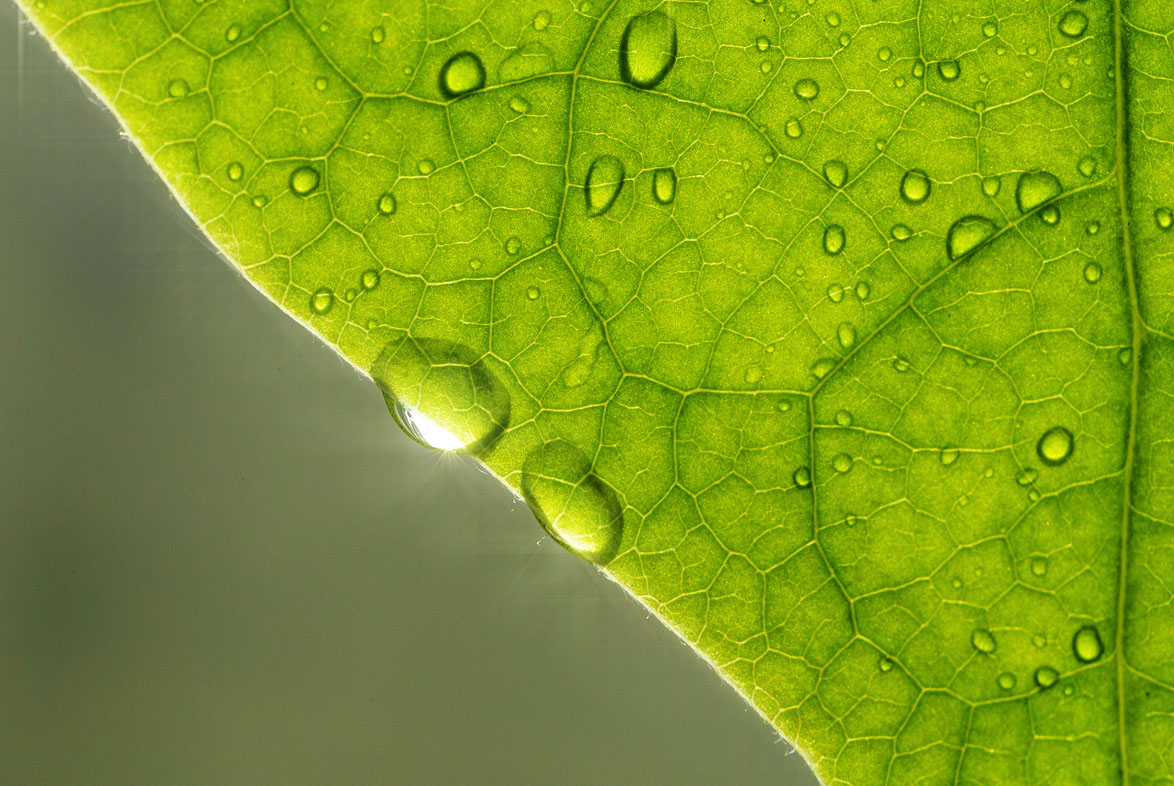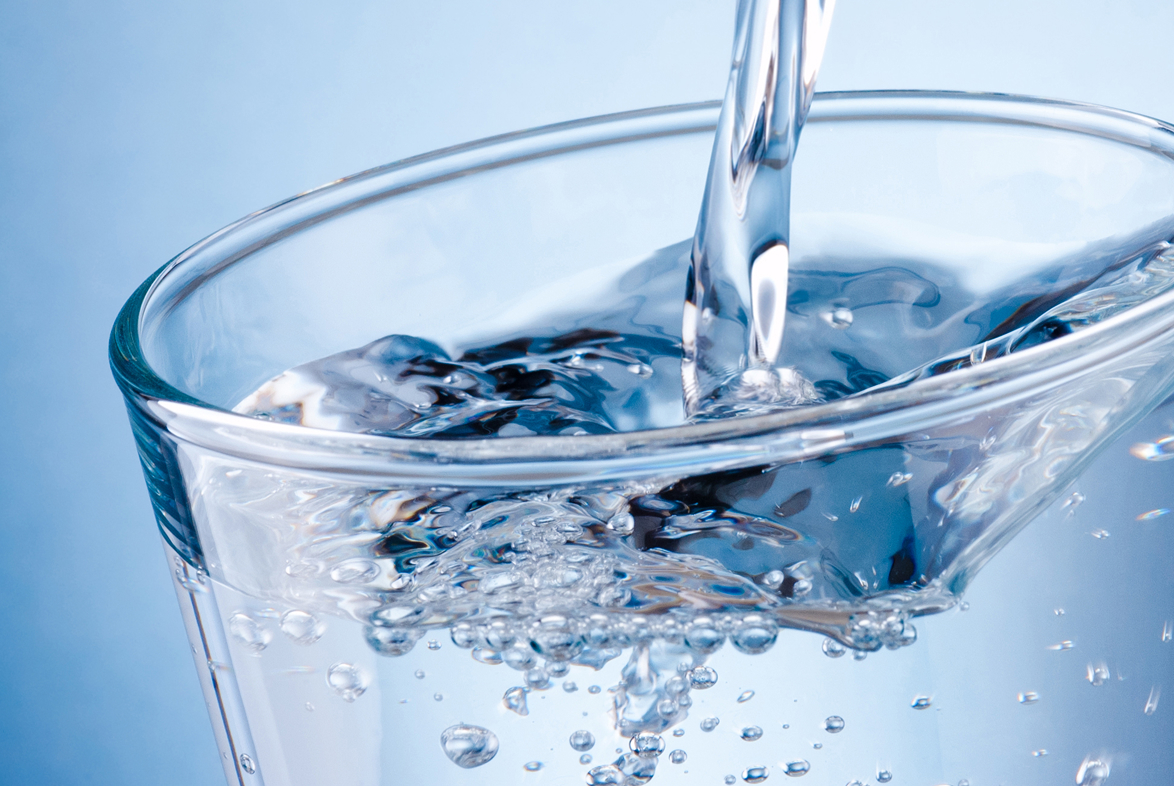Contribution to Sustainability
Contribution of Nanofibers
Reduction of Environmental Impact

Nanofibers, due to their extremely fine structure and high surface area, deliver significant effects with a small amount of material. This enables a reduction in the materials required for product manufacturing, promoting the efficient use of resources.
For example, compared to conventional materials, products with the same functionality can be made using a small amount of nanofiber, which reduces resource consumption and significantly alleviates the environmental burden.

Recycling and Durability

Nanofibers are more durable compared to conventional materials, which helps extend the lifespan of products. As a result, the frequency of product replacements is reduced, leading to less waste generation.
Additionally, recyclable nanofiber materials play a crucial role in the circular economy. By using nanofiber technology, the number of reusable products increases, reducing environmental impact while contributing to the promotion of recycling.

Energy-saving Effect

Nanofibers are lightweight yet strong, contributing to energy consumption reduction when used in transportation and construction materials.
For example, by using lightweight nanofibers, fuel consumption during transportation is reduced, allowing for the delivery of products with a lower environmental impact. Additionally, the high filtration efficiency and battery performance of nanofibers contribute to the development of energy-efficient products, supporting the creation of a sustainable society.

Compliance with Environmental Regulations

Modern companies are required to develop sustainable products in response to international environmental regulations and SDGs (Sustainable Development Goals).
Nanofiber technology, with its lightweight and high-performance characteristics, is a key tool for developing products that minimize environmental impact. As a result, it is increasingly seen as a critical technology for enabling companies to achieve sustainable growth in the future

As a Sustainable Material
Nanofiber technology is also expected to replace traditional non-sustainable materials, such as petroleum-based plastics. For example, resin nanofibers made from renewable plant-based bio-materials can maintain high performance while minimizing environmental impact. Advances in such technologies contribute to reducing dependence on fossil fuels and promoting the widespread use of sustainable materials.
Alternative to
PFAS Materials

Nanofibers do not contain PFAS, so products made with them do not release harmful substances into the environment during use. They are also recyclable, minimizing environmental impact. Products made using this technology provide a safe and clean alternative while retaining properties such as water resistance, durability, and breathability.

About Per- and
Polyfluoroalkyl
Substances

PFAS are a group of chemicals known for their excellent properties, such as water and oil resistance, and are used in many industries. However, they are persistent and do not easily break down, leading to their nickname "forever chemicals." PFAS can contaminate soil and water, and there are concerns that they may have severe impacts on human and animal health.

Health and
Environmental Risks

PFAS are absorbed into the human body through drinking water and food, and research has shown that they pose risks such as cancer, liver damage, and immune function suppression. Additionally, their decomposition in the environment is extremely difficult, making them a persistent source of pollution.

Environmental Compatibility of e-AFD and AFD methods
Technical Fine's nanofiber manufacturing technology uses a process that operates at ambient temperature and pressure. Compared to traditional fiber manufacturing technologies, this significantly reduces energy consumption and minimizes greenhouse gas emissions. Furthermore, since high temperatures and pressures are not required, the production process is safer and contributes to reducing environmental impact.
Technical Fine's Nanofiber
Manufacturing Technology
Significant reduction
in energy consumption
Minimization of
greenhouse gas
emissions
生産過程での安全
性が高い
Reduction of
environmental impact
We are committed to reducing energy consumption and providing environmentally conscious manufacturing technologies for the planet and future generations. Technical Fine’s nanofiber manufacturing technology enables production at room temperature and atmospheric pressure, significantly reducing energy use during the production process and minimizing environmental impact.
This technology contributes to the promotion of clean energy use and the reduction of harmful chemicals, playing a vital role in supporting sustainable growth. Additionally, compared to conventional manufacturing processes, it offers higher safety, reduces greenhouse gas emissions, and serves as a concrete measure against climate change.
We are developing environmentally friendly alternatives to harmful substances such as PFAS, contributing to recycling and waste reduction, and supporting the transition to a circular economy. Through these efforts, Technical Fine continues to engage in responsible business practices to build a sustainable future.